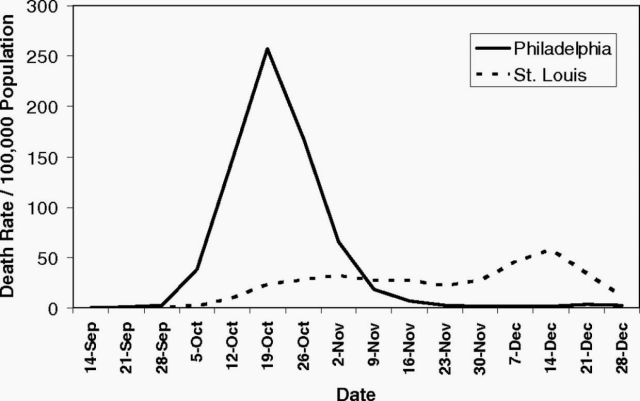A JAMA interview with the President of The European Association of Intensive Care Physicians, who just happens to be a doctor practising in Lombardia. I'd recommend watching it all, but if not, start at 28 min. in...This is why it's important to flatten the curve.
[video=youtube;TKS1pahoPRU]https://www.youtube.com/watch?time_continue=6&v=TKS1pahoPRU&feature=emb_lo go[/video]
A chart the doctor provided of their statistics, current as of this morning. Hard to grasp that this all started on February 21st for them.
I'm sorry, Maciamo, but people aren't fungible. The people over 65 who might die from COVID 19 at current infection rates are not going to be the exact same people who "might" die in 2019 from other diseases. There's going to be some overlap, so I won't say that the percentages should be added, but neither can you see the percentages as "replacing" one another.
A 94 year old family member, and I have a number of them, might hang on for a couple of more years if she didn't get Covid 19. She walks to Mass every morning, to her hairdresser every week, doesn't need glasses either to read the paper or thread her needle, does her own shopping and cleaning, and cooks lunch every day for her son and granddaughter who work near her apartment. We don't want to lose her earlier than necessary. (My great aunt...94 years young in this photo.)
Your statistics are also based on HUGE assumptions. No, everyone in Italy is not infected. We know that by the much smaller cases reported elsewhere, as well as the experience of the doctors. The same was true in China. There was virtually no COVID 19 in Beijing and Shanghai, because they closed down not only all of Wuhan, but all of Hubei province. That's 60 million people. Not even all the people in Lombardia are infected, although the number is much higher there.
In addition, this has nothing to do with "flattening the curve" so our health care resources aren't overwhelmed. That's just sound public health policy. As other statistical extrapolations have shown, depending on the amount of "social distancing imposed", the number of deaths could be 5000 or 5 million in the U.S. Measures have been taken, so 5 million won't happen, but things have to happen fast.
One good bit of news:
The U.S. is trying to set up central testing areas where people can be tested and processed without going into the ERs. In order to test people in their cars they'd have to change the laws.









